Since our founding, Hermann J. Wiemer Vineyard has approached the health of our vineyards as the most vital component of winemaking.
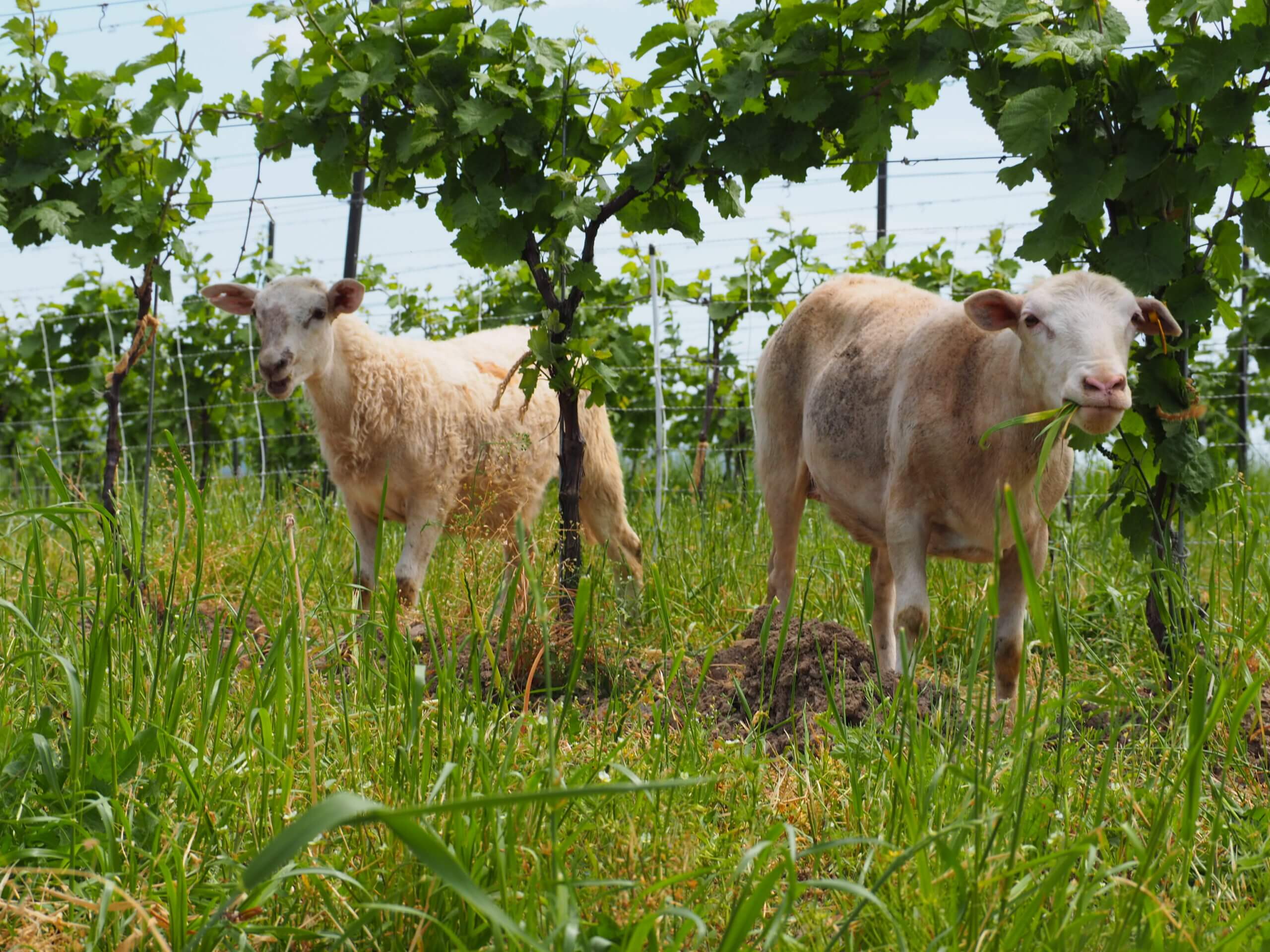
Through the years this approach has led to a focused ecological engagement where we consider the larger needs of our surroundings as well as the specific needs of each vineyard, lot, and even individual vines. We adhere to unique farming methods that focus not solely on our vineyards but on the totality of our farm, promoting biodiversity in adjacent fields, forests, and meadows, while utilizing cover crops, beneficials, and homeopathic teas and preparations. These practices encourage stronger, more resilient vineyards, and in turn better wines.
In 2003, we eliminated the use of all herbicides and synthetic inputs, and instead incorporate cover crops and organic fertilizers. Our next step in sustainable farming is our project with biodynamics. In the Summer of 2014, Thijs Verschuuren, who had previously studied and worked in biodynamics in the Loire Valley of France, joined our team and a year later, spearheaded this farming project, committing 14 acres at our HJW property and expanding to the entire 33-acre site over the ensuing years. This project will help us to understand both the effects and efficacy of biodynamic farming and we are currently working towards Demeter Certification for our HJW site in 2020.
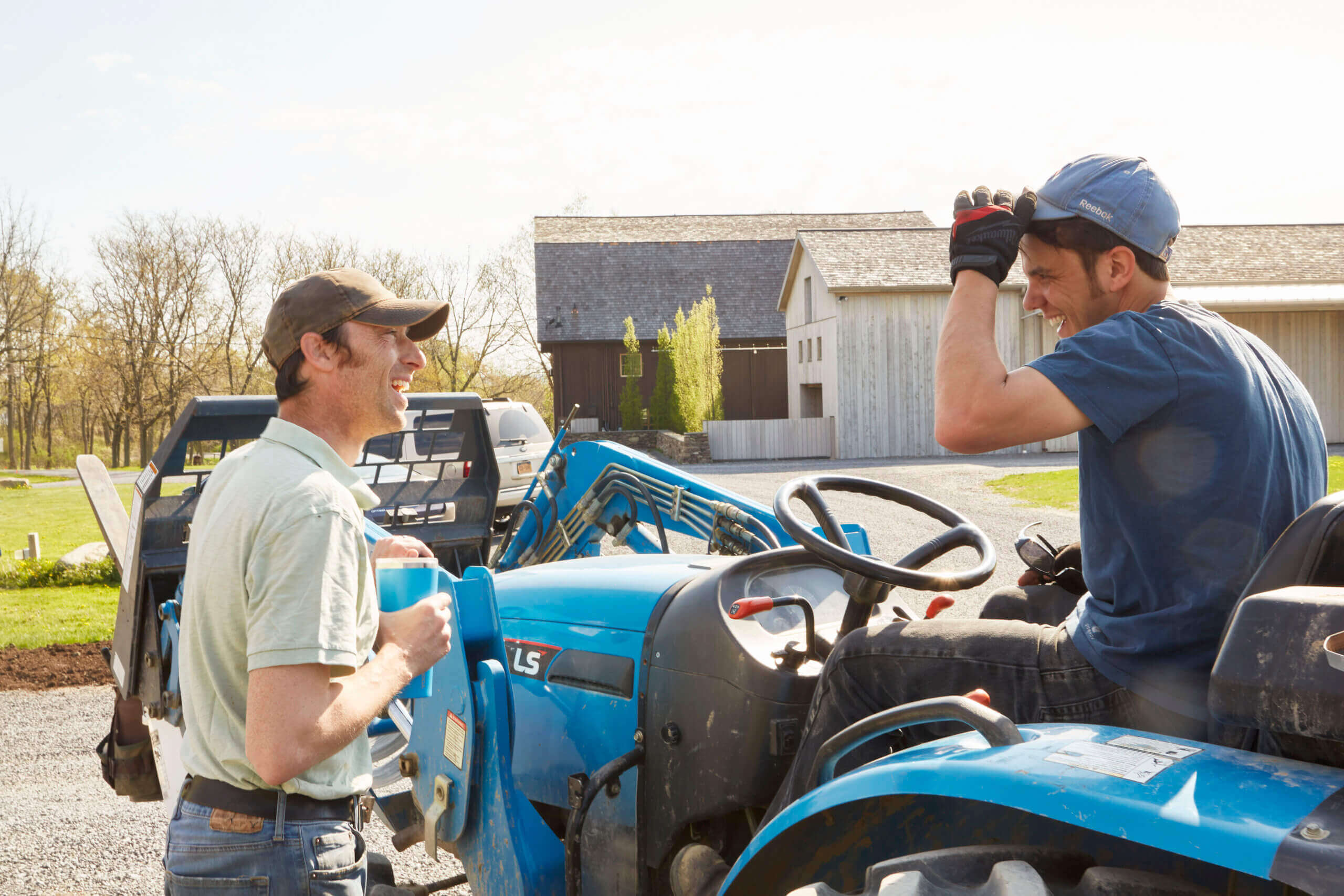
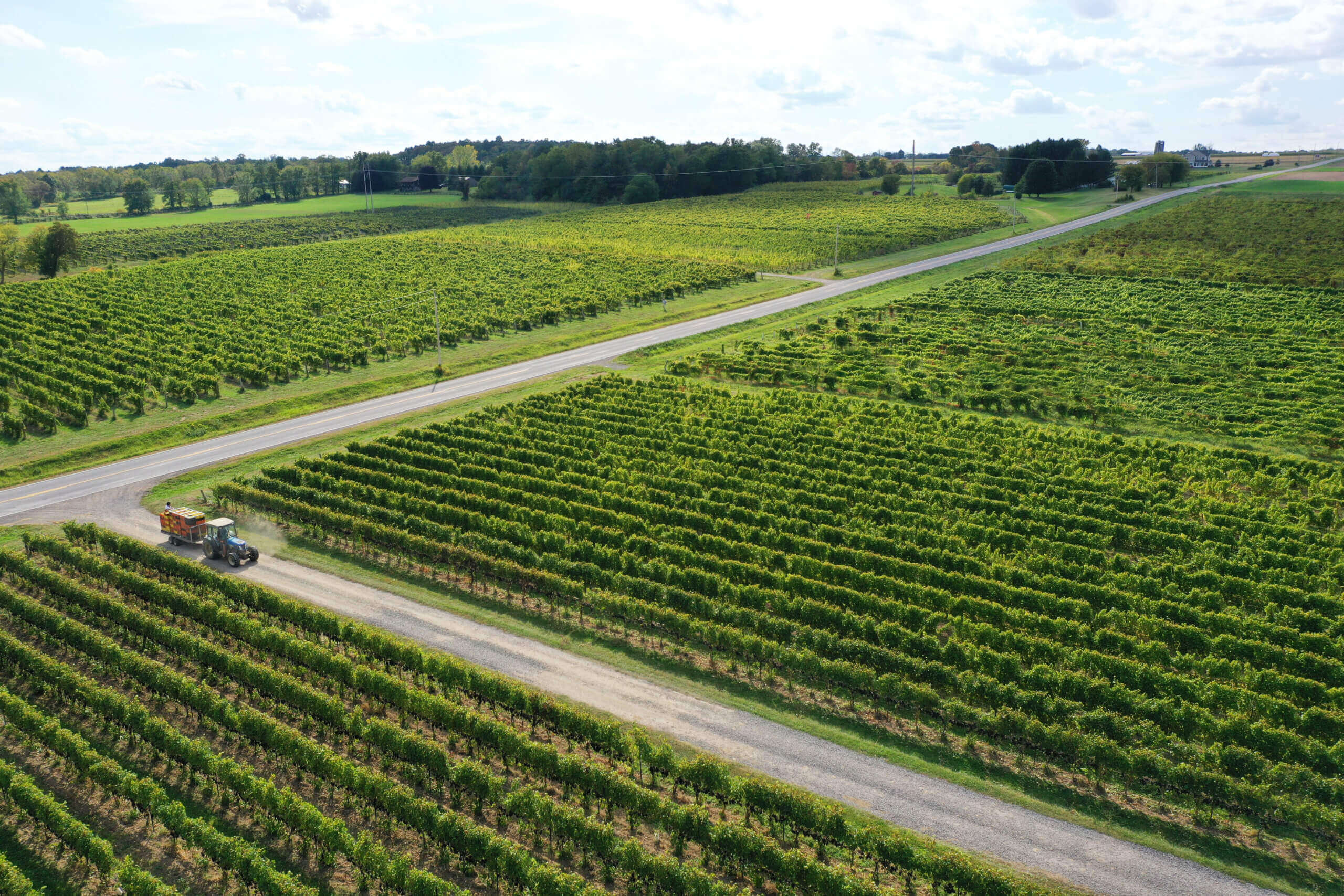
This list of viticulture practices is partial, of course, and is constantly changing and adapting based on the obstacles that nature provides. However, it does showcase a “zoom-out” effect that we often consider here, beginning with an individual vine or bee, and zooming out to encompass the surrounding ecosystem and beyond. Another common theme that we refer to constantly is “health,” whether in reference to yeasts, soils, vines, or ecosystems, we work alongside nature to cultivate resilience in our vineyards. Our goal has been and will continue to be to expand these practices and create wines that reflect the intrinsic compatibility of vineyards and their surroundings.
We farm distinct vineyard sites that lie on the western and eastern slopes of Seneca Lake.
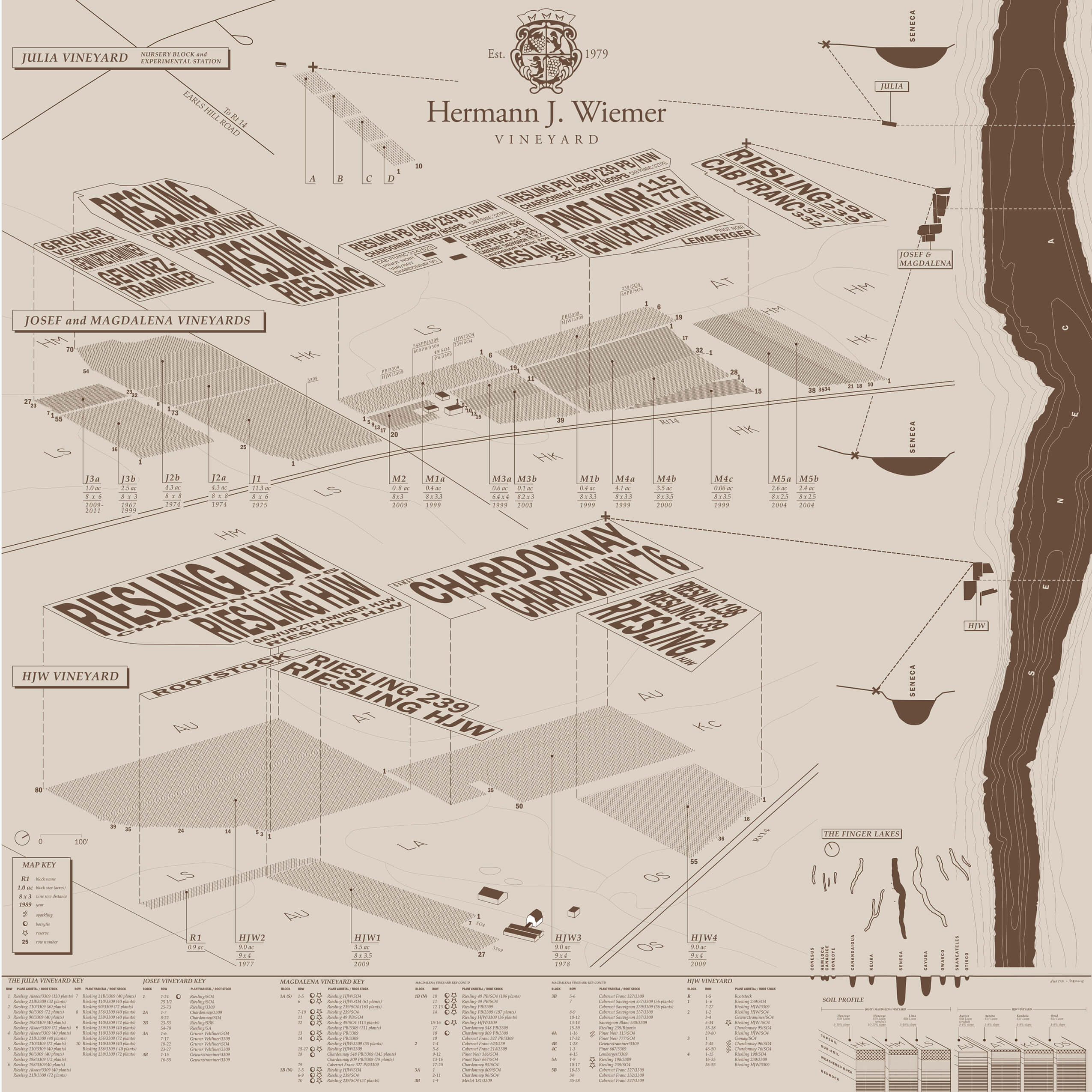
The Vineyard Map at HJW. It is a fixture in our tasting room experience (illuminated and hanging on the walls), and a conversation starter to say the least! There are so many factors that contribute to the character of a vineyard and this map strives to present them in an educational and aesthetically pleasing way. We often joke, that each time we look at the map, we discover another feature or tidbit of information. Location, elevation, proximity to the lake, vine spacing, varietal, clonal selection, planting orientation, soil type, and acreage are all presented in a conception designed by architect and Cornell University professor, Alexandr Mergold of the firm Austin & Mergold. Download the map image here.
